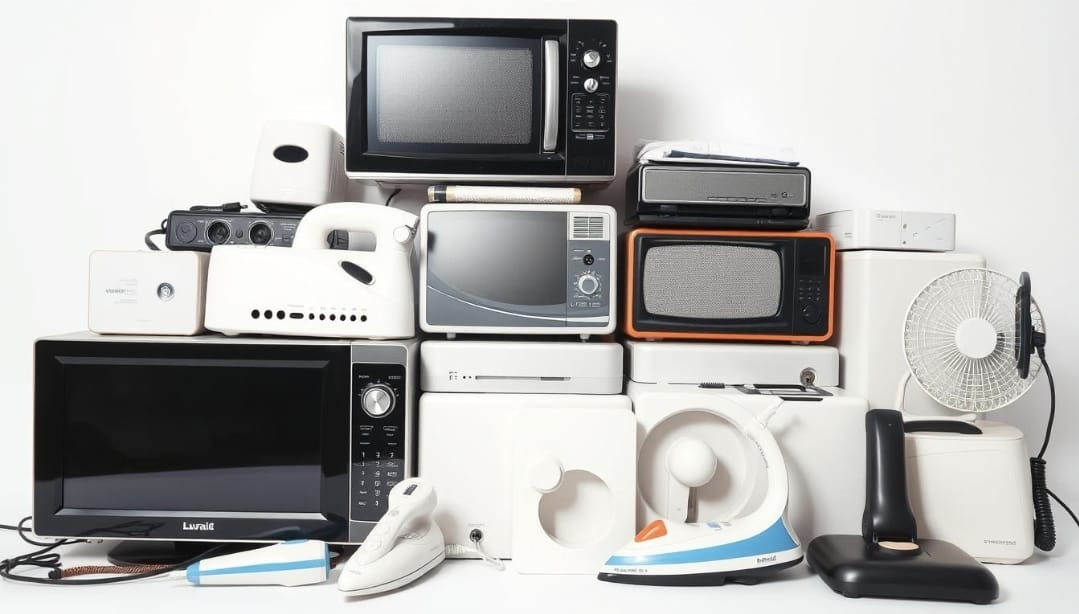Understanding Watts and Amps: A Guide to Electrical Basics
Electricity is a fundamental part of our daily lives, powering everything from your morning coffee machine to your evening Netflix binge. But while we use it constantly, the terminology can sometimes be confusing. Two of the most important concepts to understand are Watts and Amps. Whether you're rewiring a home, upgrading appliances, or just curious about how things work, this guide will help you understand these essential electrical terms.

What Are Watts and Amps?
Watts (W)
A Watt is a unit of power. It measures the rate at which energy is used or produced. When you look at the wattage of a device, you’re seeing how much energy it uses per second. The higher the wattage, the more electricity the device consumes.
Amps (A)
An Amp (short for Ampere) measures the flow of electric current. It’s like the flow of water through a pipe; the higher the number of amps, the more electricity is flowing.
How Watts and Amps Relate to Each Other
Watts and Amps are closely related through the formula:
Watts (W) = Volts (V) × Amps (A)
In the UK, the standard mains voltage is 230V. Using the formula, you can determine how many amps an appliance will draw based on its wattage:
This relationship is crucial when selecting the right fuse or circuit breaker for your appliances. Overloading a circuit with too many high-amp devices can trip the breaker or, in worse cases, cause electrical fires.

Practical Applications: Why It Matters
Understanding the difference between Watts and Amps is not just academic; it has practical applications in your home:
1. Choosing the Right Extension Lead
When plugging multiple devices into an extension lead, it’s essential to ensure you’re not exceeding the amp rating of the lead. For example, a 13A extension lead can handle devices that add up to 2990W (13A × 230V). Exceeding this can cause overheating and potential fire hazards.
2. Selecting Circuit Breakers
Circuit breakers in your home's fuse box are rated in amps. Knowing how much current your appliances draw helps in selecting the correct breaker to avoid constant tripping.
3. Energy Efficiency
Lower-wattage devices use less energy, which can help reduce your electricity bill. When purchasing new appliances, consider their wattage to understand how they will impact your energy consumption.
Common Questions About Watts and Amps
Can a high-wattage device be run on a low-amp circuit?
Not safely. Running a high-wattage device on a circuit with insufficient amps can cause the circuit to overheat, potentially leading to a fire.
Why do some appliances have higher wattage?
Devices like kettles, microwaves, and hairdryers need to produce heat quickly, which requires more power, hence higher wattage.
How can I reduce the risk of overloading circuits in my home?
For more information on electrical safety, energy efficiency, and practical tips for your home, read more of our blogs here.
Do you have more questions about home electricals or energy efficiency? Contact us